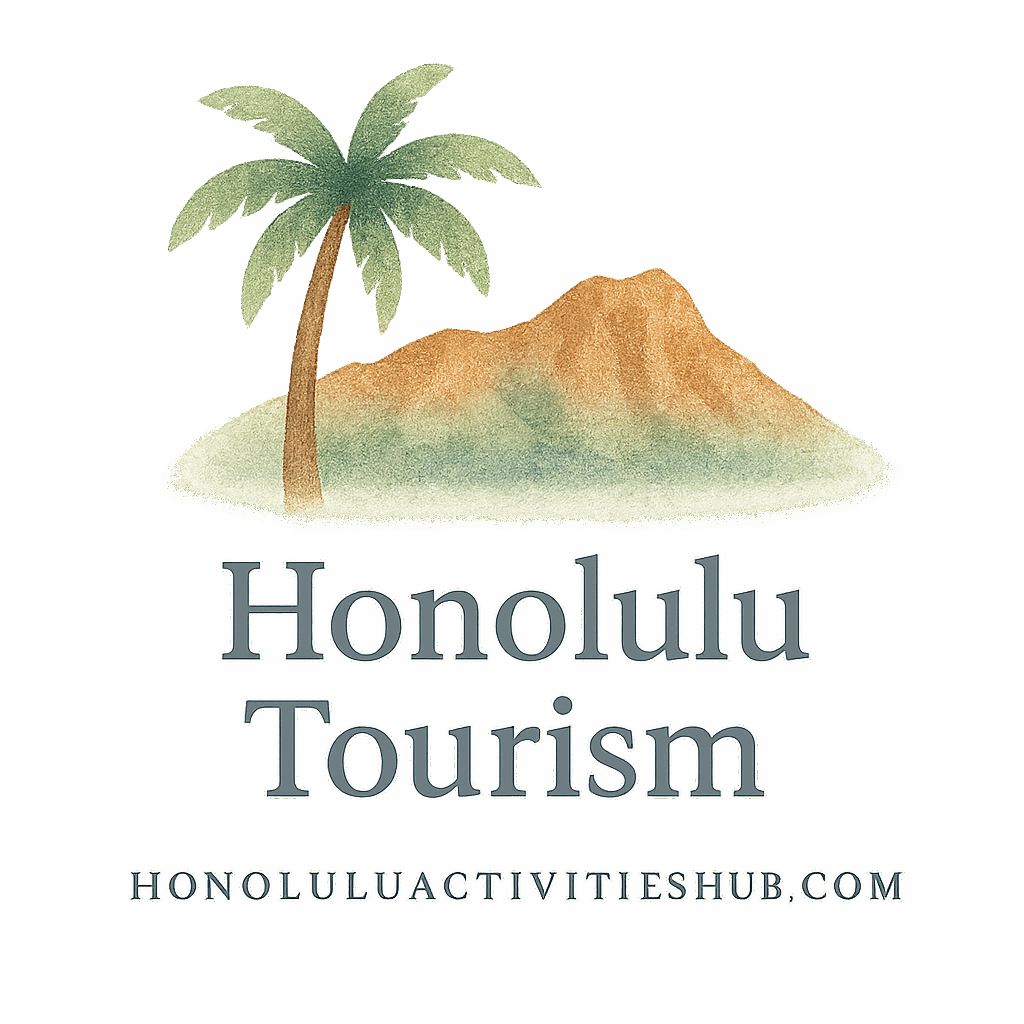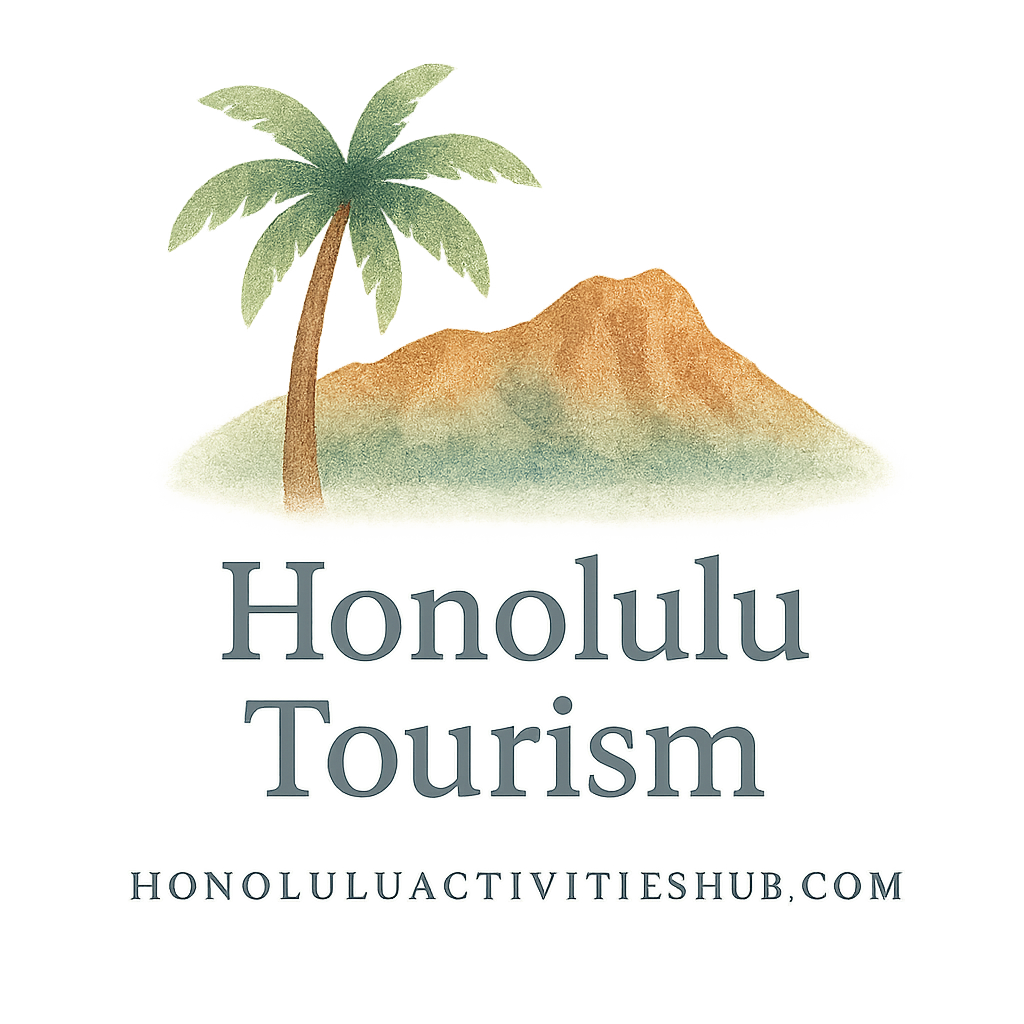Introduction
When most people think of Honolulu, they imagine crowded beaches like Waikīkī and bustling city streets. But what if I told you there’s a more peaceful side to the city, filled with lush trails, secluded tide pools, and serene gardens?
Honolulu is more than a tourist hub—it’s home to hidden natural wonders waiting to be explored. Whether you’re seeking a quiet escape, a challenging hike, or simply a new perspective of paradise, these seven nature-infused hidden gems in Honolulu’s neighborhoods will leave you breathless and inspired.
Why Explore Honolulu’s Hidden Nature Gems
Escape the Crowds and Connect with Nature
Let’s face it, Waikīkī is stunning—but it’s also packed with visitors. Hidden natural gems give you a chance to breathe, relax, and fully immerse yourself in Hawaii’s tranquil beauty.
Experience Authentic Hawaiian Culture
Nature is deeply tied to Hawaiian culture. By exploring off-the-beaten-path locations, you can connect with the land (“ʻāina”) and gain insight into traditions that shaped the islands. For cultural exploration, check out our guide on Honolulu’s cultural and historical treasures.
Perfect for Budget-Friendly Adventures
Many of these hidden spots are free or cost very little to visit, making them ideal for those traveling on a budget. If you love finding affordable activities, see our list of cheap activities in Honolulu.
1. Mānoa Falls Trail – A Lush Tropical Escape
If you crave a lush jungle hike, the Mānoa Falls Trail should be at the top of your list. Nestled in the Mānoa Valley, this 1.6-mile roundtrip hike leads to a stunning 150-foot waterfall surrounded by dense tropical foliage.
What Makes Mānoa Falls Special
This area is often misty and feels like stepping into a scene from Jurassic Park (and fun fact—it was actually filmed here!). It’s a serene escape just minutes from downtown Honolulu.
Pro Tip: Wear proper hiking shoes because the trail can get muddy, especially after rain.
Travel Tips for Visiting
- Parking: $7 at the trailhead lot.
- Timing: Arrive early to avoid crowds.
- Nearby attraction: Pair this adventure with a visit to the Lyon Arboretum.
For more hiking inspiration, check out our list of things to do in Honolulu.
2. Lanikai Pillbox Hike – Sunrise With Stunning Views
The Lanikai Pillbox Hike (Kaiwa Ridge Trail) is short but steep, offering some of the best sunrise views in Oahu. The trail takes you up to old military bunkers where you can gaze over turquoise waters and the famous Mokulua Islands.
Why You’ll Love This Hike
- Breathtaking ocean views at sunrise.
- Colorful murals on the old pillboxes, perfect for Instagram-worthy shots.
- A quick workout with a big reward.
Best Time to Go
Arrive before dawn to catch the magical sunrise. Bring a flashlight or headlamp for the early climb. The best months to visit are covered in our travel timing guide.
3. Koko Crater Botanical Garden – A Quiet Oasis
For a peaceful escape filled with desert landscapes and unique plants, head to the Koko Crater Botanical Garden. Tucked inside a volcanic crater, this lesser-known spot feels worlds away from the busy city.
Unique Plant Life and Scenery
You’ll find rare Hawaiian species alongside plants from Africa and Madagascar. It’s perfect for those interested in botany or just looking for a meditative stroll.
Ideal for Photography and Learning
Bring your camera! The contrast of bright flowers against the rugged crater walls creates stunning shots.
If you love learning while exploring, look for educational programs similar to cooking classes or cultural workshops around the island.

4. Magic Island Lagoon – A Family-Friendly Hidden Beach
If you’re traveling with kids or simply want a quiet beach day, Magic Island Lagoon at Ala Moana Beach Park is perfect. Its calm waters and sandy shores make it a safe spot for swimming and relaxing.
Safe Swimming and Relaxation
The man-made lagoon is protected by a breakwater, so waves stay gentle—ideal for families or beginner swimmers. If you’re into snorkeling, bring your gear to spot small fish near the rocks.
Perfect Picnic Spot
Pack a local lunch and enjoy a beachside picnic. For authentic Hawaiian flavors, explore our food and dining guide.
5. Kaʻena Point State Park – Remote Coastal Beauty
At the very western tip of Oahu lies Kaʻena Point State Park, a rugged and remote area perfect for those seeking solitude. The hike to the point offers dramatic coastal views and a chance to see native wildlife.
Marine Life and Bird Watching
Keep your eyes peeled for:
- Hawaiian monk seals basking on the rocks.
- Laysan albatross soaring overhead.
- Tide pools teeming with life—great for those fascinated by marine life.
How to Get There
Start at either the Waiʻanae or Mokulēʻia trailhead. Bring plenty of water, sunscreen, and sturdy shoes. There’s no shade or facilities, so plan accordingly.
6. Lyon Arboretum – A Botanic Wonderland
The Lyon Arboretum, located near Mānoa Falls, is a lush 200-acre garden that showcases Hawaii’s incredible biodiversity.
Rare Hawaiian Plants
Many of the plants here are found nowhere else on Earth. It’s a must-visit for anyone interested in conservation and Hawaiian botany.
Guided Tours and Classes
Join a guided tour to deepen your understanding of native plants and ecosystems. Some tours are interactive, similar to local cultural center programs.
7. Makapuʻu Tide Pools – An Adventurer’s Paradise
For thrill-seekers, the Makapuʻu Tide Pools offer an exhilarating experience. These natural pools are carved into lava rock and filled with crystal-clear water.
Swimming and Snorkeling Opportunities
During calm seas, the tide pools are perfect for a refreshing dip or some light snorkeling. Just be cautious, as conditions can change quickly.
Safety Tips for Visitors
- Avoid visiting during high surf or rough seas.
- Wear sturdy shoes for the rocky descent.
- Always check local weather updates before heading out.
How to Plan Your Honolulu Nature Adventure
Best Months to Visit
Hawaii is beautiful year-round, but spring and fall are ideal for fewer crowds and comfortable weather. For detailed seasonal advice, visit our best months guide.
Transportation and Accessibility
Many hidden gems require a car or public transportation. Learn about local options in our transportation guide.
Staying on Budget
You don’t have to break the bank to explore Honolulu’s nature. Check out our tips for budget travel and cheap activities.
Conclusion
Honolulu isn’t just a city of beaches and high-rise hotels—it’s a gateway to incredible natural wonders. By visiting these seven nature-infused hidden gems, you’ll experience a side of the island that few tourists ever see.
From peaceful gardens to rugged coastlines, these destinations allow you to connect with nature, learn about Hawaiian culture, and create unforgettable memories. So pack your hiking shoes, grab your camera, and get ready to explore the real Honolulu.
For more ideas and travel tips, visit our full Honolulu travel guide.
FAQs
1. What is the best time of year to explore Honolulu’s hidden nature spots?
Spring and fall offer the best balance of great weather and fewer crowds. Learn more in our travel timing guide.
2. Are these spots family-friendly?
Yes! Locations like Magic Island Lagoon are perfect for kids, while hikes like Mānoa Falls are manageable for most ages.
3. Do I need a car to visit these places?
While some spots are accessible by public transportation, renting a car offers more flexibility. Check out our transportation tips.
4. Are there any free nature activities in Honolulu?
Absolutely! Many of these locations, such as Koko Crater Botanical Garden and Kaʻena Point, are free to visit. Explore more cheap activities.
5. What should I pack for these adventures?
Bring sunscreen, water, sturdy shoes, and a camera. If snorkeling, pack your own gear to save money.
6. Can I find local guides or tours for these areas?
Yes, many places offer guided experiences. For unique options, check out local cultural centers and interactive experiences.
7. Where can I learn about local Hawaiian food while exploring nature?
Join a food experience or cooking class to blend nature exploration with culinary adventures.


